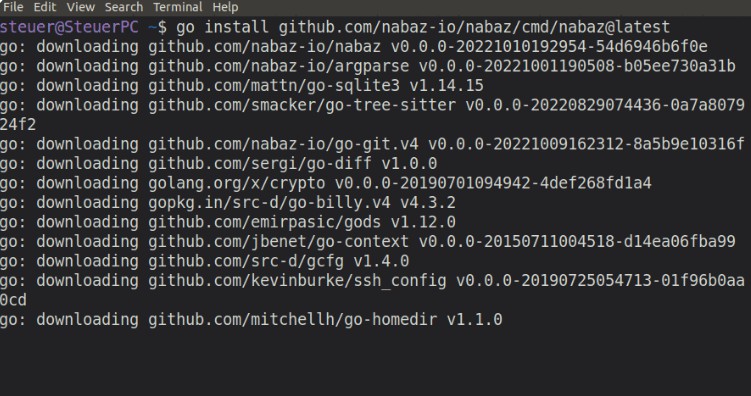

Compatible with Linux, Windows and macOS, does not require any dependency or interpreter, it's a single executableĭownload and extract a precompiled binary from the release page.Natively compatible with the Raspberry Pi Camera.Run external commands when clients connect, disconnect, read or publish streams.Reload the configuration without disconnecting existing clients (hot reloading).Query and control the server through an HTTP API.Redirect readers to other RTSP servers (load balancing).Authenticate users use internal or external authentication.Serve multiple streams at once in separate paths.

For instance, it's possible to publish a stream with RTSP and read it with HLS Streams are automatically converted from a protocol to another.Each stream can have multiple video and audio tracks, encoded with any RTP-compatible codec, including H264, H265, VP8, VP9, MPEG2, MP3, AAC, Opus, PCM, JPEG.Proxy streams from other servers or cameras, always or on-demand.If your PC ip is 192.168.0.10, then the rtsp stream is played by this command: vlc rtsp://192.168.0.Rtsp-simple-server is a ready-to-use and zero-dependency server and proxy that allows users to publish, read and proxy live video and audio streams through various protocols: protocol Here's the ffmpeg|vlc command: ffmpeg -thread_queue_size 1024 -f video4linux2 -input_format mjpeg -i /dev/video0 -r 30 -f alsa -ac 1 -thread_queue_size 1024 -i hw:1,0 -acodec aac -vcodec libx264 -preset ultrafast -crf 18 -s hd720 -vf format=yuv420p -profile:v main -threads 0 -f mpegts -|vlc -I dummy -sout='#std -sout-all -sout-keep' If you're using a file as input, you won't need all that v4l2 and alsa stuff. You will have to adjust the command for your device or file. I've also had audio-sync issues with some of the other methods, where this method always has perfect audio-sync. Piping through vlc must be CPU-friendly, because my old dual-core Pentium CPU is able to do the real-time encoding with no dropped frames. I'm using a video capture HDMI>USB device that sets itself up on the video4linux2 driver as input. I've tried both, but the http ts stream seems to work glitch-free on my playback devices.

In the example I use an mpeg transport stream (ts) over http, instead of rtsp. If you don't have these installed, you can add them: sudo apt install vlc ffmpeg Another streaming command I've had good results with is piping the ffmpeg output to vlc to create a stream.


 0 kommentar(er)
0 kommentar(er)
